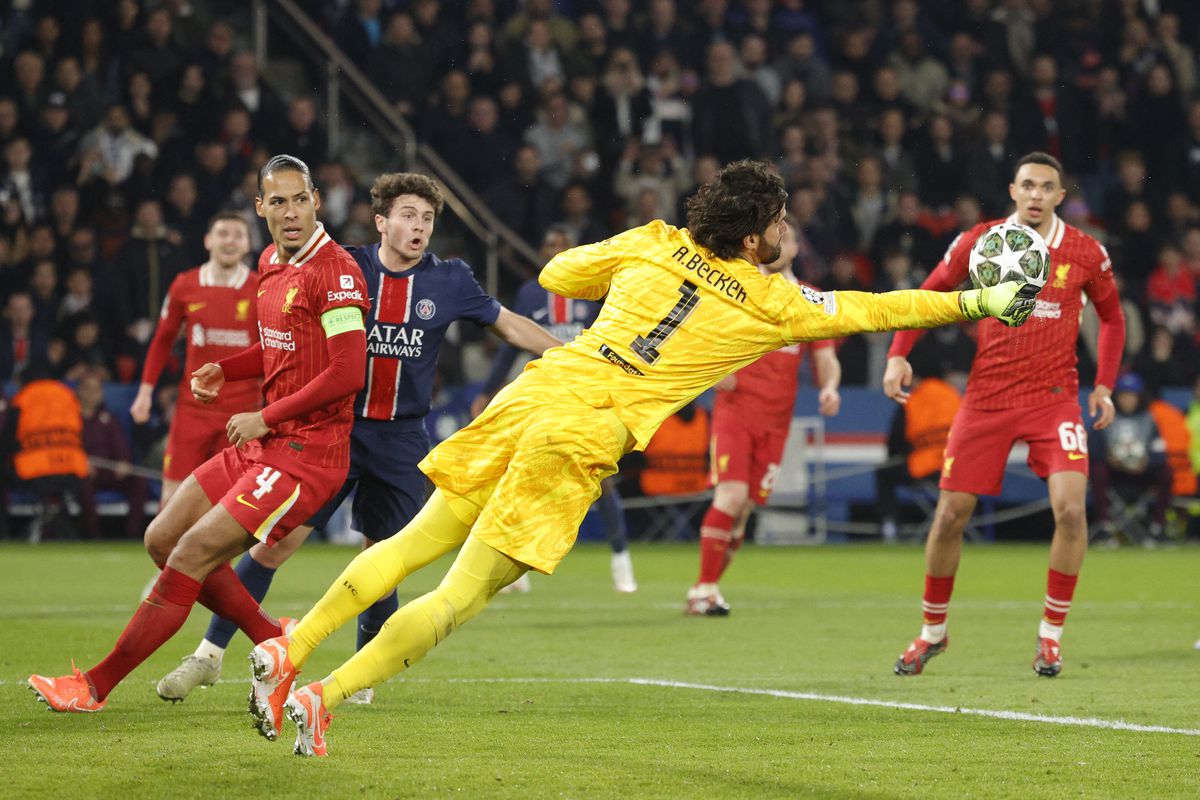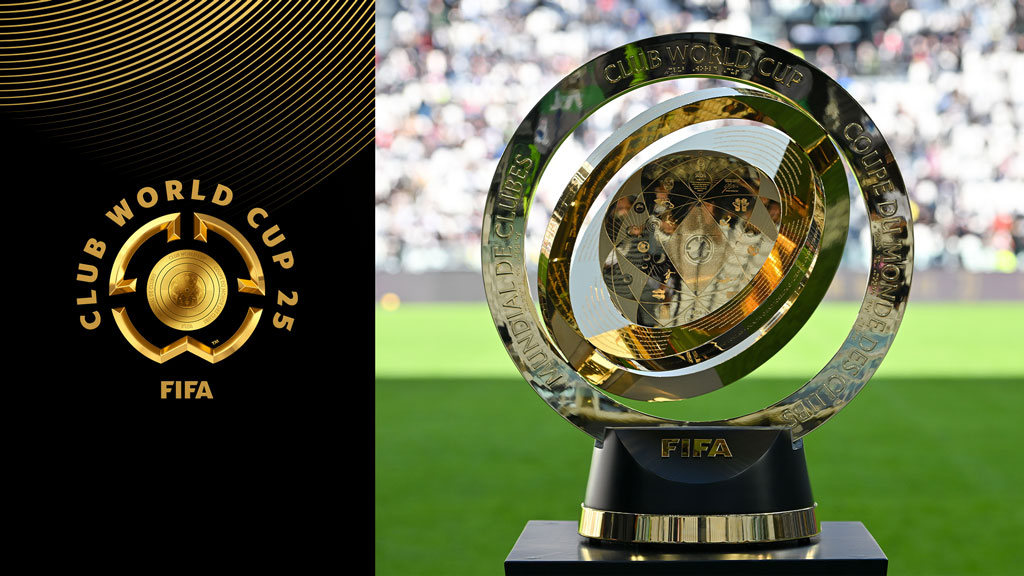
Football isn’t just a game of chasing a ball. It’s chess on grass, where tactics decide everything. Over the last century, the sport has transformed dramatically: while teams once relied on individual genius, today’s victories are built on strategic schemes. Let’s explore the key tactical eras and see how football became the game we know today.
Catenaccio: Football as a Fortress
In the 1950s, Italian coach Nereo Rocco turned defense into an art form. His catenaccio system (meaning “door bolt”) relied on ironclad discipline. Teams played with four defenders, one sweeper (a free-roaming defender), and focused on counterattacks.
The secret weapon was the “inside forward” (insida). For example, at Inter Milan under Helenio Herrera, this role belonged to Sandro Mazzola. Instead of charging into the box, he lurked between the opponent’s lines, disrupting their structure.
Pros of catenaccio:
- Minimal risks;
- Effective against attacking teams;
- Exploited fast strikers on counters.
Cons:
- Boring for spectators;
- Reliance on opponents’ mistakes;
- Lack of creativity in attack.
Catenaccio dominated Europe until the 1970s, when it was dethroned by Total Football.
Total Football: Everyone Attacks, Everyone Defends
In the 1970s, Rinus Michels and Johan Cruyff sparked a revolution. Their philosophy: “Players aren’t robots—they must swap positions.” At Ajax and the Dutch national team, defenders joined attacks, forwards pressed, and goalkeepers (like Hans van Breukelen) played with their feet.
Principles of Total Football:
- Versatility: Players master all skills.
- Pressing: Win the ball high up the pitch.
- Constant movement: Disorient the opponent.
This tactic demanded superhuman fitness. For instance, in the 1974 World Cup final, the Dutch held the ball for the first 30 seconds without letting Germany touch it. But Cruyff’s team fell short, losing 2-1 to West Germany.
Total Football laid the groundwork for modern tactics. Its DNA lives on in Pep Guardiola’s Barcelona and Jürgen Klopp’s Liverpool.
Tiki-Taka: The Ball as Conductor
In the 2000s, Pep Guardiola perfected Cruyff’s ideas. His Barcelona, with Messi, Xavi, and Iniesta, mastered tiki-taka—a style built on short passes, ball control, and suffocating pressing.
Rules of tiki-taka:
- Possession: At least 65% per match;
- Players form passing “triangles”;
- Losing the ball triggers instant pressing.
Guardiola’s squad won 14 trophies in 4 years. But the system had flaws:
- Vulnerable to counters (see Barcelona’s 7-0 loss to Bayern in 2013);
- Overreliance on genius (Messi’s absence weakened it);
- Physical burnout.
Tiki-taka redefined midfielders: they became the team’s “brain,” not just workhorses.
Gegenpressing: Chaos as a Weapon
Modern football is all about speed. German coach Jürgen Klopp turned gegenpressing (“counter-pressing”) into a global trend. His mantra: “The best defense is to win the ball back immediately.”
How gegenpressing works:
- After losing the ball, swarm the opponent within 5-8 seconds.
- Win possession in their half.
- Attack before they regroup.
At Liverpool, Mohamed Salah and Sadio Mane thrived under this approach. Gegenpressing demands insane stamina, so clubs now use:
- High-tech training (e.g., GPS trackers to monitor fatigue);
- Deep squads (5 substitutions let coaches rotate exhausted players).
Downsides:
- Injury risks from overload;
- Struggles against defensive “parked buses.”
What’s Next? Hybrid Tactics and AI
Today’s coaches blend styles. For example, Carlo Ancelotti at Real Madrid mixes counterattacks, possession, and pressing. Manchester City under Guardiola uses “false nines” (like Phil Foden), while defenders (e.g., John Stones) morph into midfielders.
2024 Trends:
- Goalkeepers as playmakers (Ederson at City starts attacks);
- Inverted full-backs (e.g., Trent Alexander-Arnold drifting centrally);
- Real-time analytics—coaches adjust tactics based on live player data.
Conclusion
From catenaccio to gegenpressing, football has evolved from “iron defense” to “controlled chaos.” Modern tactics are a mix of old ideas and new tech. But the core remains: to win, you must outthink your opponent. Who knows? In 10 years, we might see AI-designed tactics or robots on the field. For now, the ultimate weapons are the human brain… and Messi’s feet.








